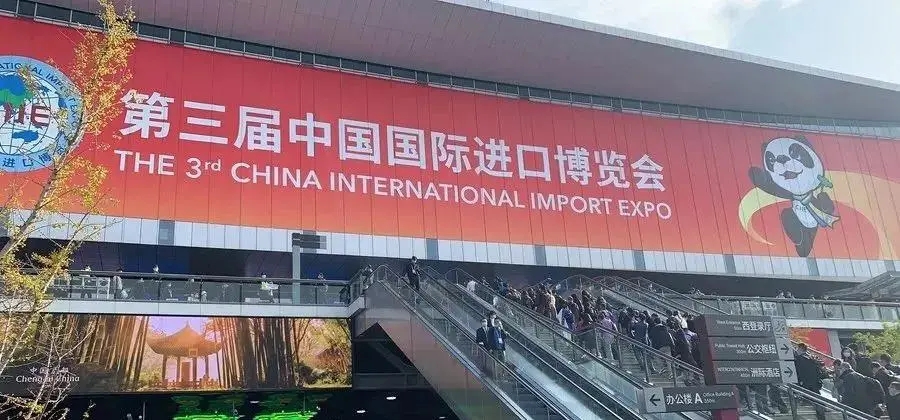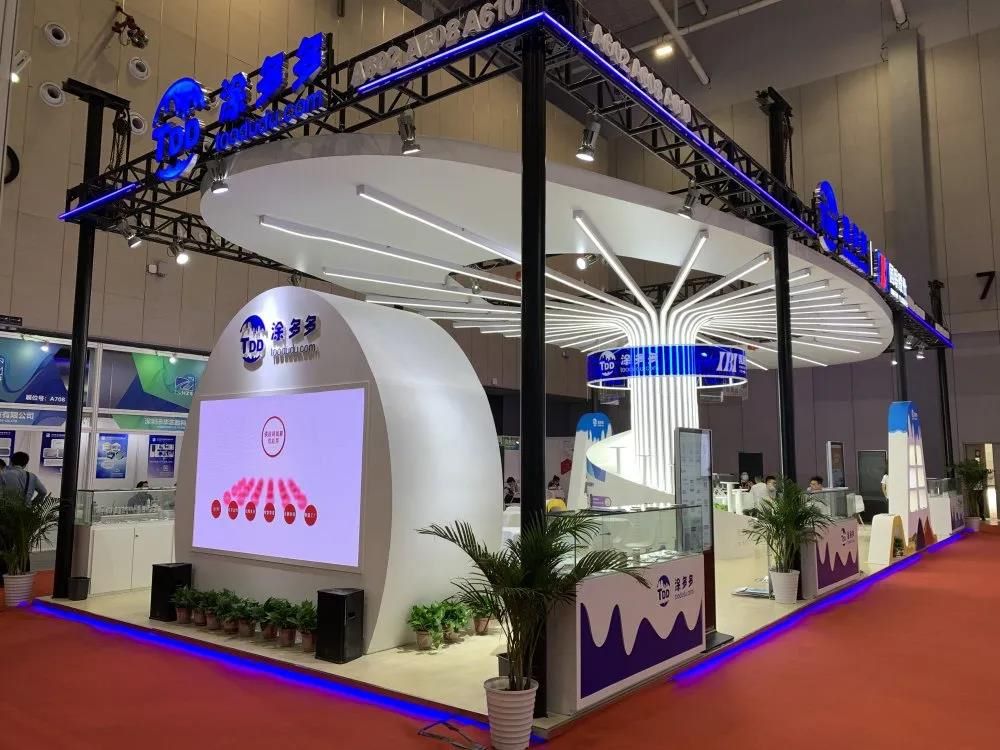EU EV Tire Market Challenges
The latest data from the European Automobile Manufacturers Association (ACEA) shows that the EU passenger car market sales in April 2025 showed a subtle change, increasing by 1.3% to 925,359 units.
However, the cumulative data for the first four months of this year is not optimistic, with new car registrations in the EU falling by 1.2% to a total of 3.64 million units. In this complex market landscape, the market share of various power models is undergoing significant adjustments.
The development trend of pure electric vehicles in the EU market has attracted much attention. As of April, it accounted for 15.3% of the total EU automobile market, an increase from the baseline of 12% in the same period of 2024. Despite this, this figure is still far below expectations, indicating that pure electric vehicles face many challenges in the promotion process.
At the same time, hybrid vehicles have performed very well, with sales surging and market share climbing to 35.3%, firmly sitting in the top spot of EU consumers' car purchase choices. The market share of gasoline and diesel vehicles, which once dominated, has further declined to 38.2%, a significant decrease compared with 48.4% in the same period of 2024.
Globally, there are also some noteworthy phenomena in the market acceptance of electric vehicles. Foreign media reports pointed out that 29% of electric car owners worldwide said they were eager to switch back to fuel cars, and this proportion was as high as 46% in the United States.
Consumers' concerns are mainly focused on the lack of public charging facilities. This shortcoming seriously limits the long-distance travel ability of electric vehicles and has become a key factor hindering the popularization of electric vehicles.
The ups and downs of the new energy vehicle market have a far-reaching impact on the new energy tire industry. In theory, the popularity of new energy vehicles should have brought broad development space for new energy tires.
Due to their own characteristics, such as generally heavier weight and large torque output, new energy vehicles have put forward higher requirements for tire performance, including lower rolling resistance, stronger grip, higher load capacity and better quiet effect.
This provides tire companies with new research and development directions and market opportunities. Many companies have laid out the field of new energy tires, hoping to seize the initiative in this emerging market.
The reality is not satisfactory. The new energy tires on the market are not fully highlighted in terms of technology and performance advantages.
On the one hand, although some tire companies claim that their new energy tire products have characteristics such as low rolling resistance and high grip, in actual use, the difference from traditional tires is not significant, and consumers have not been able to achieve a significant improvement in the use experience.
For example, some low rolling resistance tires that claim to significantly increase the range have limited improvement in range in actual tests, which is difficult to convince consumers.
On the other hand, the price of new energy tires is generally higher than that of traditional tires, which often discourages consumers when weighing the cost performance. In the case of low market recognition, even if the market size of new energy vehicles continues to expand, it is difficult for new energy tires to get a share of it.
From the market feedback, more and more consumers are waiting and watching new energy vehicles, which further compresses the market prospects of new energy tires. If consumers' confidence in new energy vehicles continues to decline, their sales growth will be suppressed, and accordingly, the demand for new energy tires will be difficult to achieve a significant increase.
In addition, with the intensification of market competition, tire companies not only have to face competitive pressure from their peers, but also have to deal with consumers' increasingly picky demands and changing market trends.
Under such circumstances, if tire companies cannot make substantial breakthroughs in technology research and development, improve the performance advantages of new energy tires, and reasonably control costs and lower price thresholds, it will be difficult for them to gain a foothold in the new energy tire market.
The dynamic changes in the EU automobile market reveal the complexity of the development of new energy vehicles, and the challenges faced by the new energy tire market in terms of technology, performance and market acceptance also warn related companies that they need to think deeply and respond actively to find development opportunities in this emerging field.











